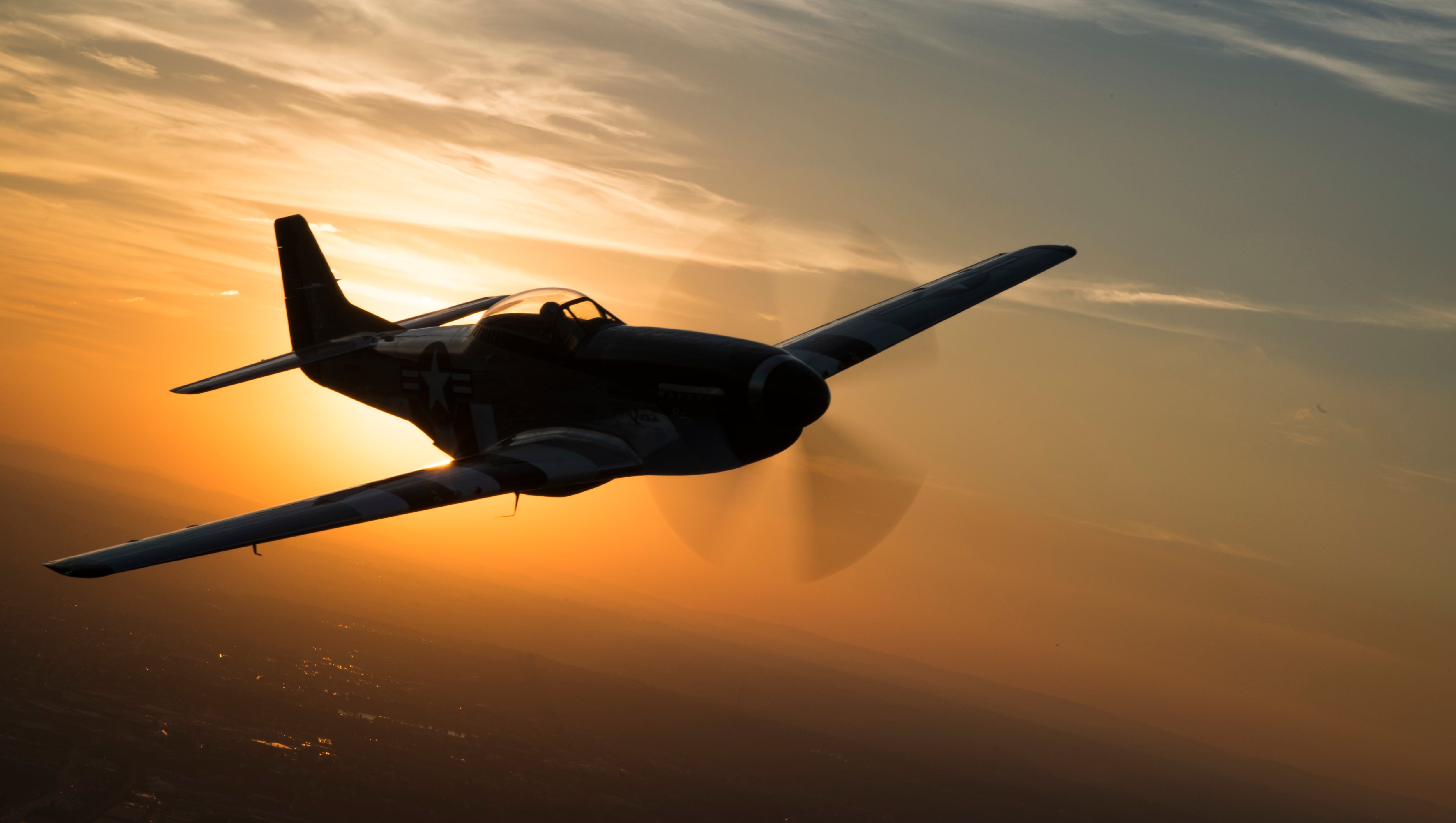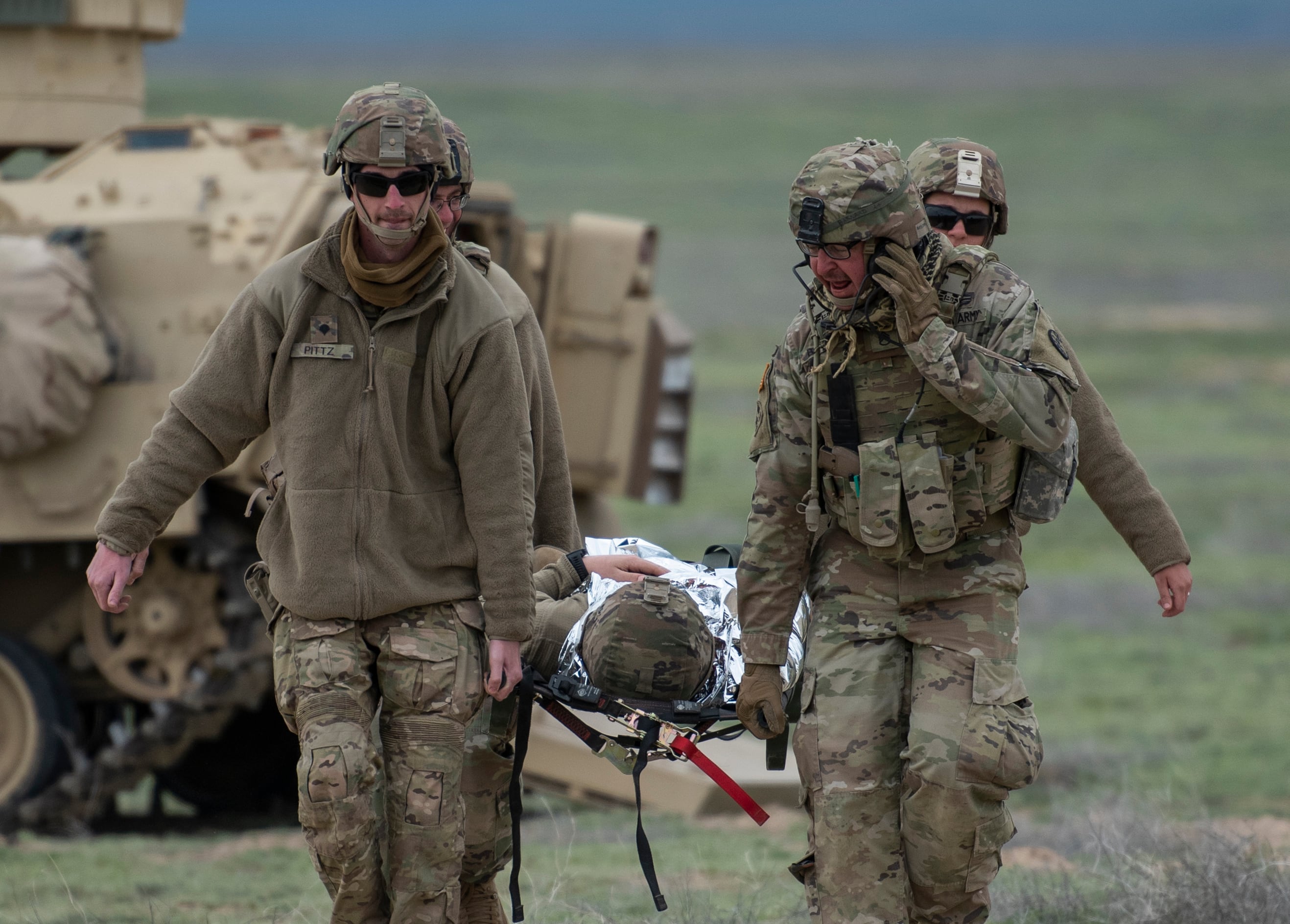The Army hasn’t received any new guidance that would change how it deploys troops to Afghanistan, despite the overhanging cloud of a potential peace deal with the Taliban.
On Friday, the service announced upcoming Afghanistan deployments for two brigades: 3rd Security Force Assistance Brigade out of Fort Hood, Texas, and the 10th Mountain Division Combat Aviation Brigade out of Fort Drum, New York.
The brigades will be deploying sometime this fall for nine-month rotations.
“It’s tough when you see this stuff in the news and you know that there are conversations underway," said acting Secretary of the Army Ryan McCarthy at an event in Washington, D.C., on Tuesday. "The direction we’ve given [Army Forces Command] is to head down to prepare them to get on a C-17 and deploy for the nine months.”
“We have not received any direction to do anything at this point,” McCarthy said at the event hosted by the Foundation for Defense of Democracies think tank. “But like the drawdown for example in Iraq back in 2011, these things take time and they span over months."
“But we’ll have to make an adjustment if direction were to come,” he added.
President Donald Trump has repeatedly said he wants to bring home some — though not all — of the U.S. military force currently deployed to the country and to bring an end to the nearly 18-year-old war.
The president has expressed interest in keeping a force in Afghanistan that can conduct counterterrorism missions, given the significant variable that al-Qaida plays in any potential peace deal with the Taliban.
“We’ll always have intelligence and we’ll always have someone there,” Trump said during an unscheduled press conference on Tuesday. “That does seem to be the Harvard University of terrorism. So we’ll always have someone there.”
Amid questions from reporters, Trump confirmed that U.S. officials are discussing withdrawal plans with both the Taliban and Afghanistan government officials.
Roughly 14,000 U.S. troops are currently stationed in the country, in addition to contributions from NATO allies.
RELATED

There have been 14 U.S. troops killed in action so far this year, including two on Wednesday in Afghanistan. Of those identified so far, nine were soldiers, according to the Defense Casualty Analysis System. Another 77 soldiers have been wounded this year.
There is no word yet on what a potential withdrawal would mean for non-special operations units like the SFABs, which were specifically designed to advise partner nation forces across the world but have so far been solely used for Afghanistan missions.
McCarthy is currently the acting secretary but is expected to go through the confirmation process for the permanent position this fall.
Despite the ongoing Afghanistan, Iraq and Syria missions, McCarthy said at the event Tuesday that he is satisfied with the readiness rates he sees in the force.
“If there’s one place I’m not as worried, it’s really not readiness,” he said. “If you go back two years ago when we had two brigades at the highest level of readiness to more than 25 today at the highest levels of readiness, it’s truly remarkable.”
The infusion of funding and the focus on training and manning has helped bolster half of the Army’s 58 brigade combat teams to the highest levels of readiness. But challenges with reliable funding from Congress and demand on the force through operations tempo are always variables that remain in play, according to McCarthy.
“The key for us is the sustainability over time,” he said. “Demand remains high. ... Funding is a key variable.”
Kyle Rempfer was an editor and reporter who has covered combat operations, criminal cases, foreign military assistance and training accidents. Before entering journalism, Kyle served in U.S. Air Force Special Tactics and deployed in 2014 to Paktika Province, Afghanistan, and Baghdad, Iraq.









